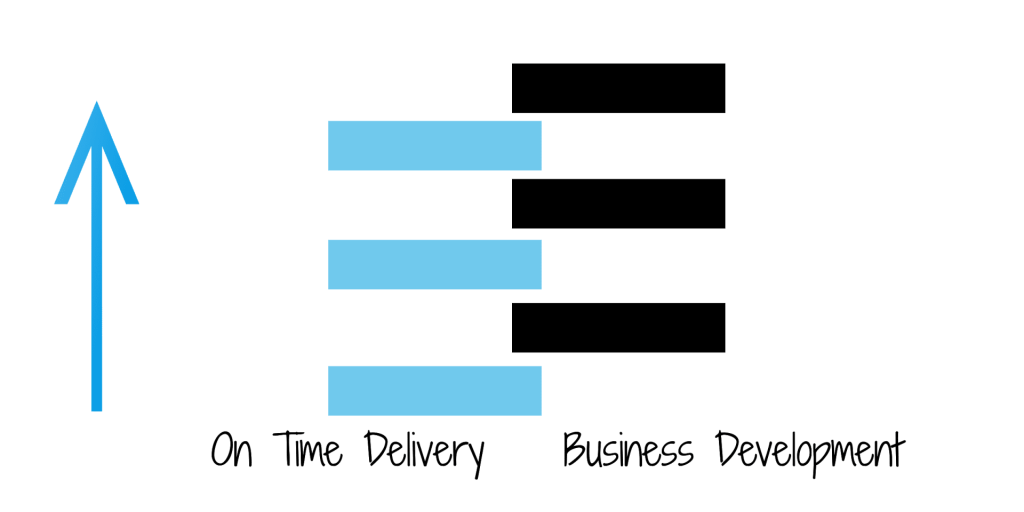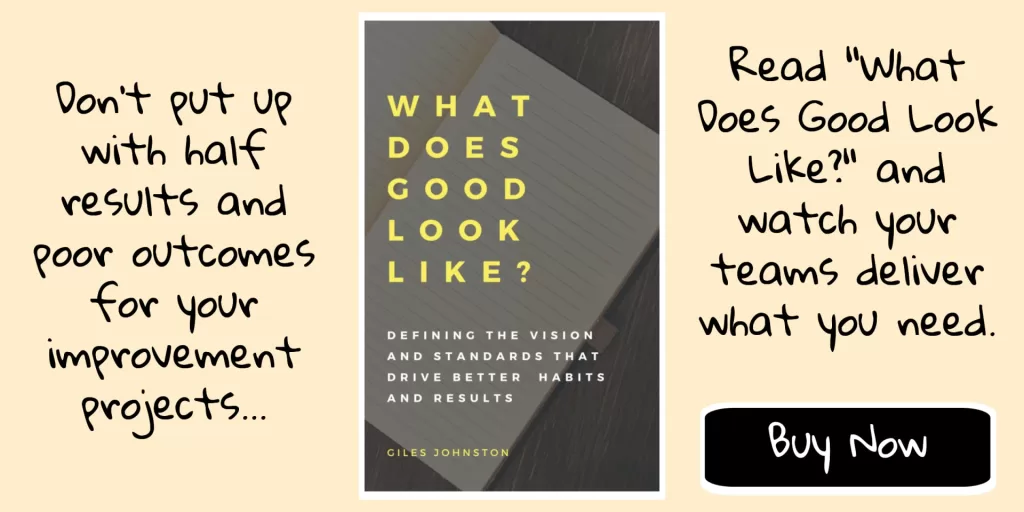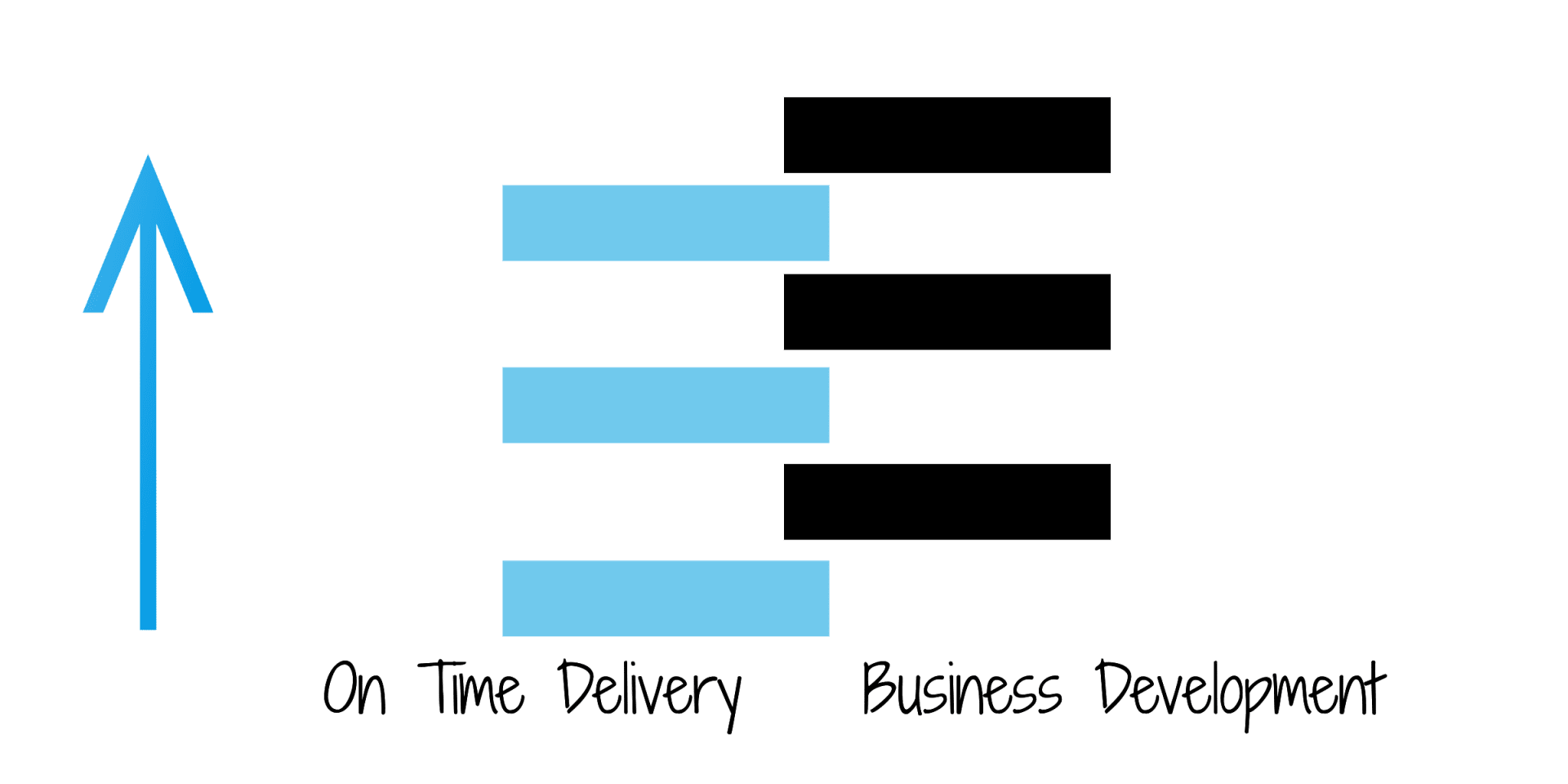Recently, I was working with a company with an on time delivery dilemma. They needed to increase their sales order outputs but also increase their rate of on time delivery. They weren’t getting enough work out of the door to meet both the business and customer demands, was the long and short of it.
The subsequent conversations in the business oscillated around finding new customers and servicing the existing ones. There was a fear that if they didn’t figure out a way to improve their on time delivery issues then they would fail with the new customers and kill off the future opportunities.
The team went back and forth with this discussion. Paralysed.
So, what do you do?
Do you improve your on time delivery performance first? Or, do you find some new customers?
In my experience this conversation leads to exactly what the client was experiencing, paralysis. If you have the available resource, then you can run parallel improvement projects. Most of us, however, don’t have this luxury (or ability to focus).
Taking an incremental approach to turning up both dials often provides a much better solution.
This works for many other business improvement dilemmas too.
Dealing out cards
If you play card games, it is usual to deal out a single card to every player in turn and then repeat until the required number of cards have been issued. We can do the same with our improvements.
It is a great strategy when there is paralysis or a perceived risk in the business as to which improvement route to take.
Incremental steps
Simply put, you map out the improvement plans for the multiple changes you need to make and then break them down into small self-contained phases. Then, like the cards, you stagger the phases so that you move your focus between the different improvements.
In this example, there would be some improvement work on the on time delivery challenge until the next small improvement had been realised. Then there would be some business development work until some results (new customer orders) had been produced.
The next focused activity would be back to the on time delivery improvements, and so on. When you need to change your foci then you decide what combination of improvements you need.

Not a prescription
This approach is not meant to be prescriptive. It is a strategy to get you off the starting blocks.
Being stuck on what to do, for the good of the business, is not what we are trying to achieve. I’ve seen this conversation too many times and wobbling back and forward with indecision and loose ends does not help.
Taking action, that you are comfortable with is how you avoid disaster. If you are comfortable, there is a chance that your team are comfortable and sustainable progress can be made.
Remember the rewards
If you start taking consistent action towards all your current objectives, the rewards for improving on time delivery will start to come.
Whether this is higher profit, repeat business or increased business it doesn’t matter. What does matter is that you know why you are making the change.
Change isn’t easy but the rewards are worth it when you work on the right things at the right time.

